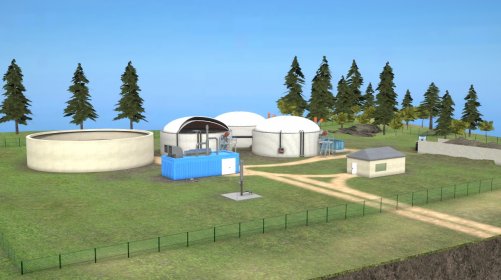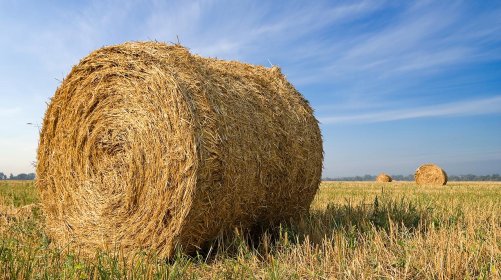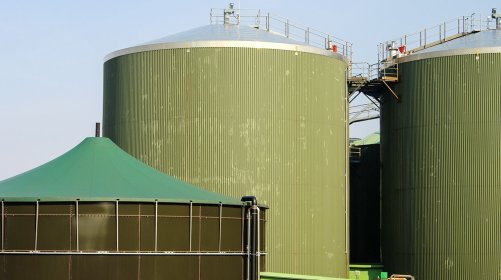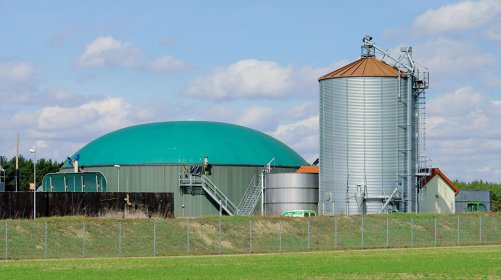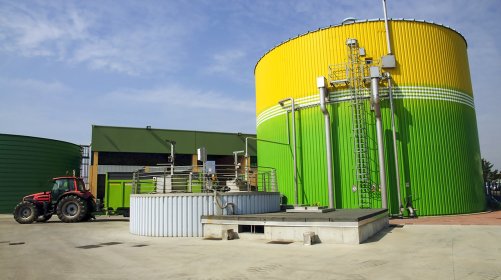
BIOMASS energy
Biomass is an organic non-fossil resource containing bonded chemical energy. Aside from plant material, biomass is also comprised of animal waste as well as organic components of municipal and industrial waste. Biomass is considered an important energy resource that produces minimal amounts of greenhouse gasses. Promising points are not only its uses in electricity generation in biomass fuelled power plants but also in cogeneration plants as well as in the production of alternative biofuels.
What will you get the answers to?



